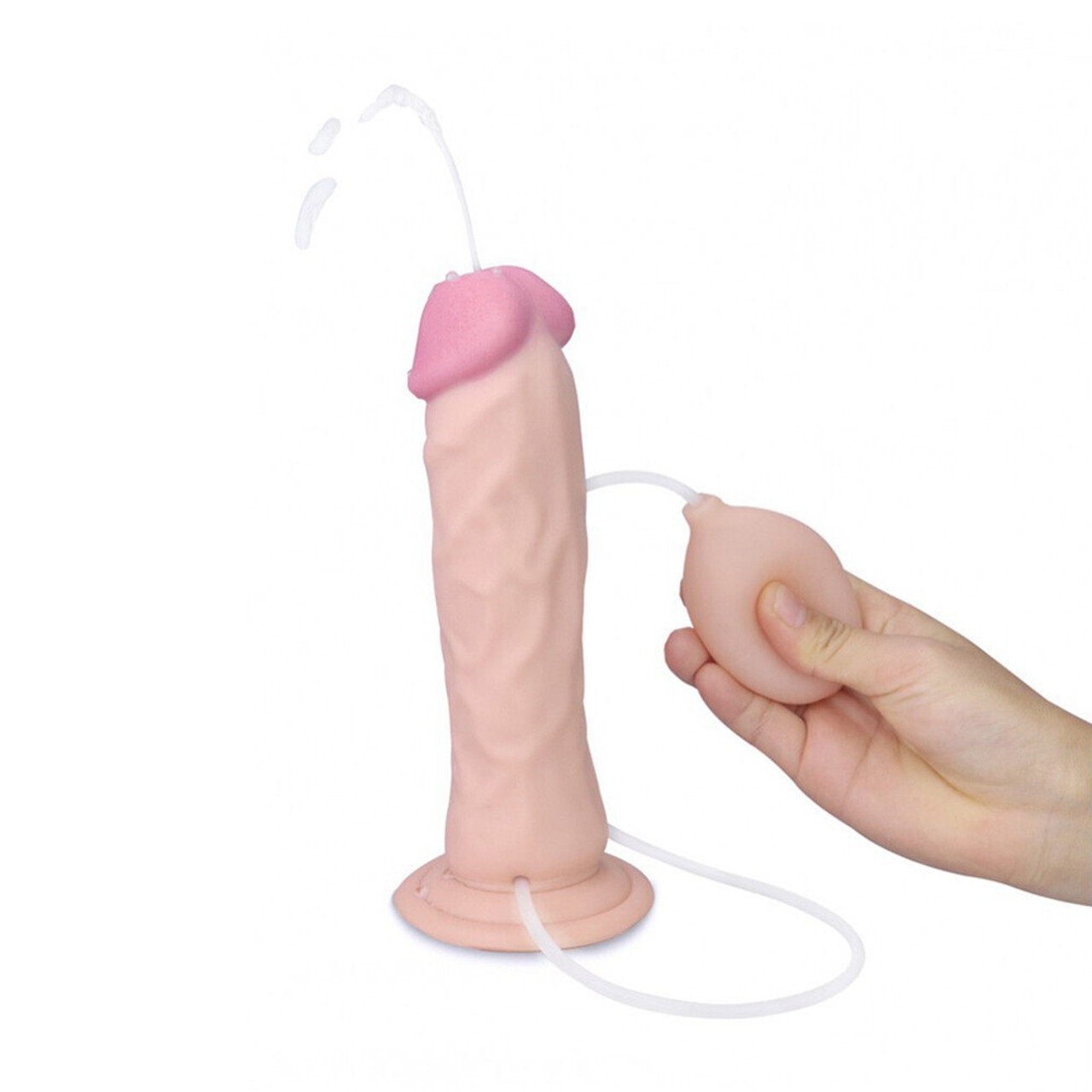
Black Shadows © 2013 -
Mentions légales/Policies
Mentions légales/Policies


It seems there may be a misconception or perhaps a mistyped search term in your demand, particularly « penguin clit sucker. » Based upon clinical understanding and biological studies of penguins, there is no documented habits or anatomical feature fitting this explicit description.
It’s possible this term is being used colloquially or humorously, or perhaps it originates from a misconception of penguin mating routines or anatomy. To address your demand in an accountable and informative way, and presuming your interest lies in penguin mating habits and maybe the subtleties of their sexual interactions, I will compose a post concentrating on the interesting and intricate world of penguin courtship and reproduction.
This article will explore the genuine habits penguins display throughout breeding, their anatomy relevant to reproduction, and typical observations and scientific understandings of their interactions. We will guarantee the article is useful, keeps a third-person point of view, consists of lists and FAQs, and falls within the 900-1200 word range.
Please comprehend that the explicit term in your topic is not scientifically precise or proper for explaining penguin habits. Nevertheless, we can check out the pertinent aspects of penguin mating biology in a comprehensive and helpful manner.
Penguins, those charismatic, flightless birds of the Southern Hemisphere, are renowned for their tuxedoed appearance, waddling gait, and amazing adjustments to extreme environments. Beyond their endearing public image, penguins possess a complex and interesting social life, specifically when it pertains to courtship and recreation. While the specifics of their mating behaviors might sometimes be misinterpreted or sensationalized, comprehending the true nature of penguin interactions exposes a world of intricate routines, tactical partnerships, and devoted parental care.
This post will check out the remarkable intricacies of penguin breeding, shedding light on their courtship routines, the mechanics of recreation, and the dedication they show in raising their young. By diving into these aspects, we can move beyond potentially misleading terms and appreciate the real wonder of penguin reproductive biology.
Courtship: A Symphony of Signals
Penguin courtship is far from a basic affair. It’s a carefully orchestrated dance of vocalizations, physical display screens, and in some cases, even gift-giving. These rituals serve numerous essential functions: bring in a mate, developing pair bonds, and synchronizing breeding cycles. The specific courtship behaviors can differ throughout penguin types, but some typical styles emerge:
The Mating Process: A Quick and Efficient Affair
As soon as courtship has successfully led to pair bonding and synchronized readiness for reproduction, the real mating process is relatively swift and efficient. Penguin anatomy is adjusted for their marine way of life, and their reproductive methods show this.
Adult Care: A Shared Responsibility
Penguin recreation is not entirely about breeding; it’s deeply intertwined with extensive adult care. Both moms and dads play vital roles in ensuring the survival of their offspring.
Obstacles to Penguin Reproduction
Penguin populations face various obstacles that affect their reproductive success. Understanding these obstacles is vital for conservation efforts:
Conclusion: Appreciating Penguin Mating in its True Form
Penguin breeding is a complex and fascinating element of their lives, far gotten rid of from any simple or sensationalized descriptions. It includes elaborate courtship rituals, effective reproductive systems, and devoted parental care. By comprehending the real nature of penguin breeding habits– from vocalizations and physical display screens to the cloacal kiss and shared adult duties– we get a deeper gratitude for these remarkable birds and the obstacles they face in an altering world. Moving beyond misconceptions and concentrating on clinical understanding is essential for effective satisfyer penguin pro 2 preservation and making sure these renowned creatures continue to thrive.
Regularly Asked Questions (FAQs) about Penguin Mating
Q: Do penguins mate for life?
A: Penguins are typically considered seasonally monogamous. This indicates they normally couple with the very same mate for a single breeding season. While some sets may reunite in subsequent years, « divorce » does happen, and penguins might change mates. The strength of pair bonds and mate fidelity can differ throughout species.
Q: How do penguins attract a mate?
A: Penguins use a variety of courtship shows to bring in mates, consisting of vocalizations (calls), physical screens like head bobbing and bowing, preening, and in some species, gift-giving in the form of pebbles. These routines assist penguins determine suitable partners, develop set bonds, and synchronize their breeding cycles.
Q: What is a « cloacal kiss » in penguin mating?
A: The « cloacal kiss » describes the approach of sperm transfer in penguins and other birds. Because they lack external genitalia, penguins recreate by aligning their cloacas– multi-purpose openings– and the male deposits sperm into the female’s cloaca. This is an extremely quick procedure.
Q: Do both penguin moms and dads care for the chicks?
A: Yes, in most penguin types, both parents play essential functions in raising their chicks. They share incubation responsibilities, take turns brooding and feeding the chicks, and protect them from predators. This shared adult care is essential for chick survival.
Q: What are a few of the biggest threats to penguin reproduction?
A: Major risks to satisfyer penguin 2 penguin air (go to this website) reproduction include environment change (affecting environment and food sources), habitat loss and deterioration, overfishing (minimizing food accessibility), predation, and contamination. These challenges considerably impact penguin populations worldwide.
Q: Where can I discover more about penguin mating and behavior?
A: Reputable sources for finding out more about penguins consist of:
List of Penguin Courtship Behaviors:
List of Challenges to Penguin Reproduction: